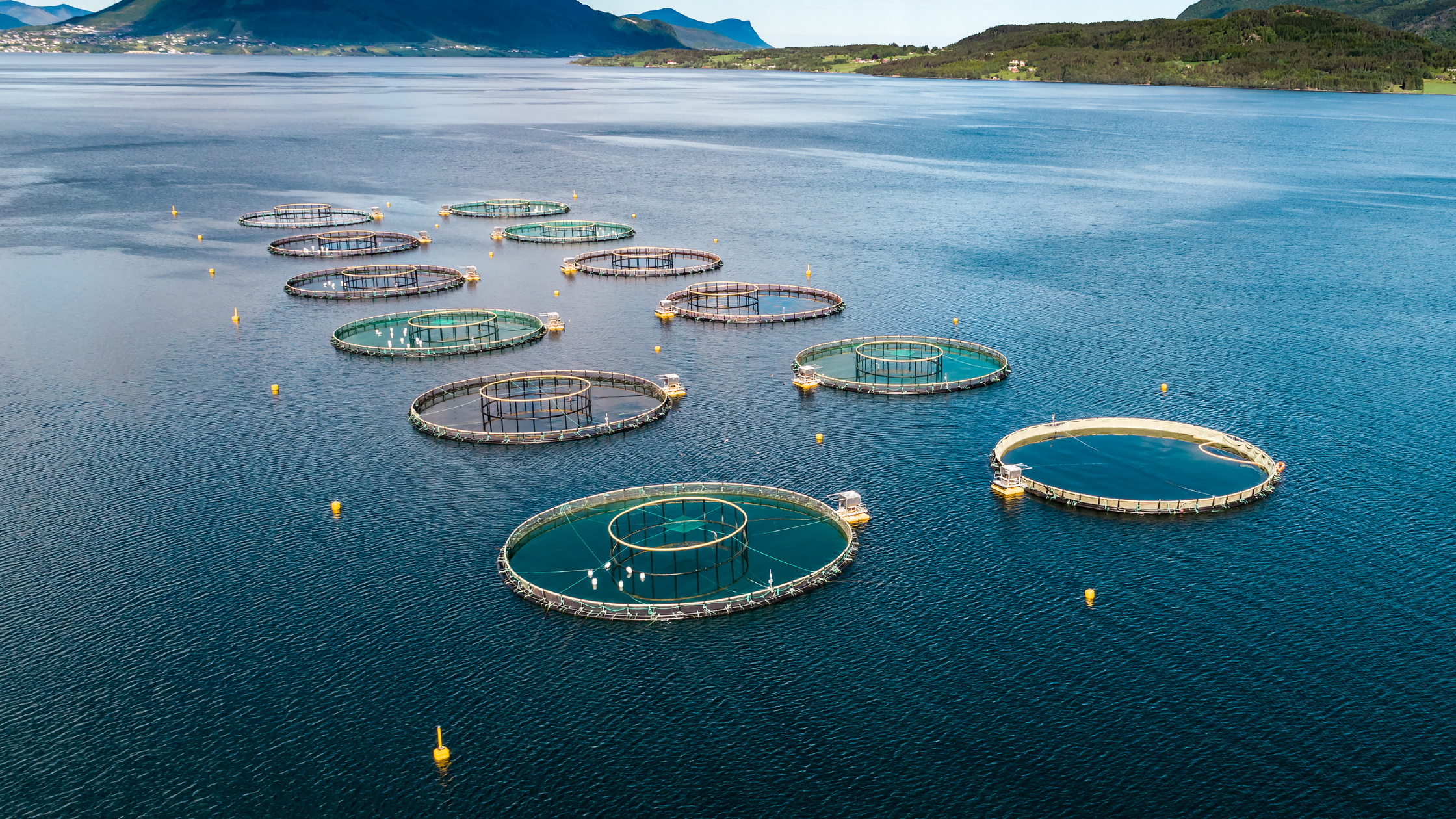The best bite of salmon is when it's cooked well and the pinkish color beams from the first slice. However, the way it's farmed also makes a difference in quality. There's a lot to know about this method of fishing and the unique process of getting it to your table. Here are a few fascinating things to know about salmon farming that might surprise you the next time you take a bite of Fishta’s take on poached salmon with Beurre Blanc.
1. Farming salmon requires netted pens.
Fishers are trying to get a good catch of salmon practice controlled breeding. They feed and provide medicine to salmon if needed, which is usually prevalent when salmon starts crowding. Since overfishing has affected many livelihoods of fishers, they must also find sustainable yet effective ways to increase fish farming. This method allows the prices of fish to stay low during high demand.
2. Breeding wild salmon is best done in their native bodies of water.
Aside from its pinkish color, salmon is known for spawning instinctively, which is why they swim back to the river they were born to lay eggs. Wild salmon swim long distances with no set restrictions. Whether it's farmed or wild salmon, they are not exempted from the environmental and chemical contaminants that human activities bring to several bodies of water.
3. Wild and farmed salmon aren't both pink.
Due to a difference in diet, wild and farmed salmon may not have the same color. Wild salmon's diet is composed of high carotenoid astaxanthin, an anti-inflammatory and antioxidant responsible for their pale pink-red color.
Depending on how they process the carotenoid astaxanthin, wild salmon can come out white. Farmed salmon are fed with synthetic versions of astaxanthin, which aren't typically as robust but equally beneficial to the fish, giving the same nutritional benefits.
4. Fish farms in certain parts of the ocean can pose a danger to the environment.
Fish farming may be a potent solution to overfishing, but it's also a potential risk to those farming on local waterways. Wild salmon fits best into their natural ecosystem, and with fish farms usually located in low current areas, there is a risk for pollution. This is due to excess feed and fish excrement penetrating the salmon's local ecosystem, thus polluting the habitats situated under the netted pens fish farmers have set up.
Know the Source
Salmon fishing and farming have become part of the fishing industry's way of maximizing their production means and meeting the high demand. There's no doubt about flavor and nutrition; salmon knows how to pack a punch.
However, it's always best to know where and how your Fishta favorite salmon slab is sourced. Learn more about sustainable fishing and how #FishtaForEveryFilipino can be achieved through transparent and sustainable ways of feeding a nation.

